During the intervention, these people gather together to have a direct, heart-to-heart conversation with the person about the consequences of addiction. Signs and symptoms of inhalant use vary, depending on the substance. Some commonly inhaled substances include glue, paint thinners, correction fluid, felt tip marker fluid, gasoline, cleaning fluids and household aerosol products. Due to the toxic nature of these substances, users may develop brain damage or sudden death.
- The natural function of this response is to help keep us focused on activities that promote the basic biological goals of survival and reproduction.
- Cocaine is considered a Schedule II drug in the United States by the Drug Enforcement Agency (DEA) in part due to its high potential for addiction.
- Cocaine is one of the most widely abused stimulants in the United States and is the cause of thousands of overdoses and physical complications leading to emergency room visits each year.
- Treatment plans need to be reviewed often and modified to fit the patient’s changing needs.
- The rate was highest in the age group (1.2 million people or 3.5%), followed by those over age 26 (3.6 million or 1.6%).
- There are literally hundreds of proteins that could be targeted in development of such a medication.
What are the behavioral and physical effects of cocaine?
Alec Baldwin Recalls ‘White-Hot’ Cocaine Addiction in Candid Interview – Men’s Journal
Alec Baldwin Recalls ‘White-Hot’ Cocaine Addiction in Candid Interview.
Posted: Wed, 01 May 2024 07:00:00 GMT [source]
One of the genes stimulated by ΔFosB is an enzyme, cyclin-dependent kinase-5 (CDK5), which promotes nerve cell growth. This finding has shed new light on mechanisms underlying cocaine’s very long-lasting effects on the brain (Nestler, 2001). Physical addiction appears to occur when repeated use of a drug changes the way your brain feels pleasure. The addicting drug causes physical changes to some nerve cells (neurons) in your brain. It may be done by family and friends in consultation with a health care provider or mental health professional such as a licensed alcohol and drug counselor, or directed by an intervention professional. It involves family and friends and sometimes co-workers, clergy or others who care about the person struggling with addiction.
Phone, Video, or Live-Chat Support
However, these tests may be used for monitoring treatment and recovery. The physical and emotional side effects of cocaine abuse and addiction can generally be reversed with proper care and support. Over 14 percent of all Americans age 12 and older have used cocaine in their lifetimes, the National Institute on Drug Abuse (NIDA) reports. Cocaine is a central nervous system stimulant that increases energy levels and keeps people awake while raising heart rate and blood pressure.
COCAINE’S INITIAL EFFECT: DOPAMINE BUILDUP

And they will try to determine the degree of your dependence and will suggest treatment options. The emergency and referral resources listed above are available to individuals located in the United States and are not operated by the National Institute on Drug Abuse (NIDA). NIDA is a biomedical research organization and does not provide personalized medical advice, treatment, counseling, or legal consultation.
- That means you have to use more and more of the drug to get high.
- Dopamine-responsive cells are highly concentrated in this system, which controls emotional responses and links them with memories.
- They might take more of the drug to try and achieve the same high.
- For one thing, the high feels very pleasurable, especially when you first try it.
Adverse Childhood Effects

They also may experience allergic reactions, either to the drug itself or to additives in cocaine, which in severe cases can result in death. As an individual develops tolerance to cocaine, they also become physically dependent on it. If the drug is discontinued, withdrawal symptoms, with physical effects, can occur. A strong craving for cocaine is the most prominent effect of withdrawal, but other symptoms usually occur as well. One of the brain areas still maturing during adolescence is the prefrontal cortex—the part of the brain that allows people to assess situations, make sound decisions, and keep emotions and desires under control.
Cognitive-behavioral therapy (CBT)
Despite manufacturer claims, these are chemical compounds rather than “natural” or harmless products. These drugs can produce a “high” similar to marijuana and have become a popular cocaine addiction treatment but dangerous alternative. The basal ganglia, a part of the brain that houses the reward system, was found to be larger among individuals who were dependent on cocaine.
- When snorted, smoked, or injected, cocaine induces intense feelings of euphoria.
- Cocaine is a central nervous system stimulant that increases energy levels and keeps people awake while raising heart rate and blood pressure.
- Call 911 immediately and stay with the individual until medical assistance arrives.
- The short-lived high is also often followed by an intense desire to use more and difficulty sleeping.
Cocaine Addiction Treatment
- Detoxing from cocaine is one of the best ways to get control of your life back ― because when you’re no longer dependent on cocaine, there are so many positive aspects of recovery to look forward to.
- Food and Drug Administration (FDA) available for either cocaine detoxification or longer-term treatment of cocaine use disorders.
- Cocaine is addictive because it inhibits dopamine’s reabsorption via nerve cells, creating a sense of euphoria.
- If you recognize some of the above criteria in your own drug-related behaviors or those of a loved one, you might want to reach out for additional evaluation.
- Follow-up care can include periodic appointments with your counselor, continuing in a self-help program or attending a regular group session.
- One of the most common methods of cocaine use is to snort the drug, which causes effects that last for about an hour and then gradually taper off.


